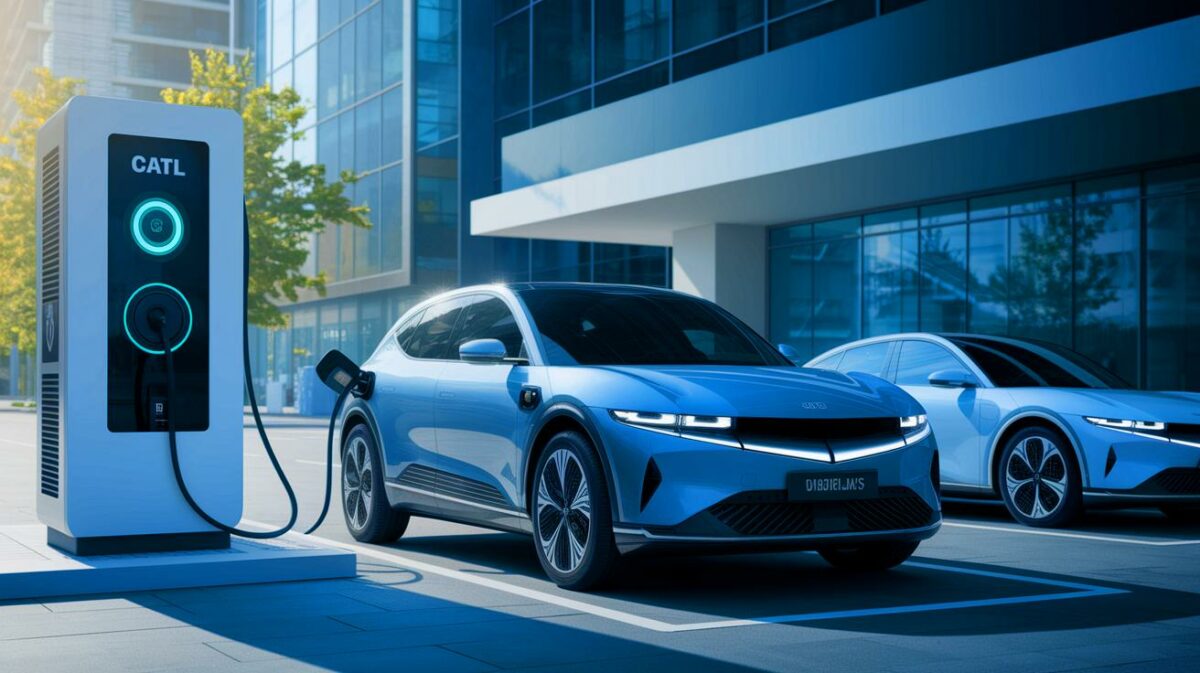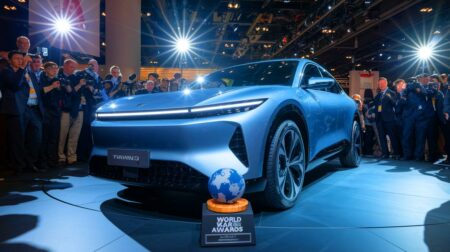| IN A NUTSHELL |
|
The electric vehicle (EV) industry is witnessing a potential game-changer with the introduction of sodium-ion batteries by Contemporary Amperex Technology Co. Limited (CATL). As the world’s leading EV battery producer, CATL is poised to revolutionize the market with its new battery technology under the brand name Naxtra. With mass production set to begin later this year, these batteries promise to address some of the longstanding challenges faced by lithium-ion technology, offering a safer and potentially more cost-effective alternative. As the production gears up, the automotive world watches closely to see how this innovation will impact the future of electric mobility.
Safe Sodium-Ion Batteries
Sodium-ion batteries have long been considered a promising alternative to the dominant lithium-ion technology due to their potential for lower costs and enhanced safety. Unlike lithium-ion batteries, which carry a risk of fire if damaged, sodium-ion batteries provide a more stable and secure energy storage solution. This safety feature is particularly attractive as the demand for reliable and secure energy sources in EVs continues to grow.
According to reports, the initial Naxtra units will be targeted as starter batteries for heavy-duty vehicles. As production ramps up, larger sodium-ion batteries designed for fully electric and hybrid passenger cars will follow. These batteries are expected to offer a driving range of 310 miles on a single charge, making them a competitive option for EV manufacturers looking to enhance vehicle performance and safety.
Cost Not Revealed
While CATL has been transparent about the performance of its new sodium-ion batteries, the company has yet to disclose the anticipated cost or production capacity. With an energy storage density of 175 Wh/kg, these batteries are comparable to the more commonly used lithium iron phosphate (LFP) batteries, which boast a density of 185 Wh/kg. However, the competitive edge of sodium-ion batteries could lie in their ability to perform better in cold weather conditions, a common challenge for existing battery technologies.
This cold-weather resilience is expected to be a major selling point in regions that experience low temperatures, potentially boosting the adoption of sodium-ion technology. Additionally, reports suggest that CATL’s sodium-ion batteries could displace a significant portion of the current lithium, iron, and phosphate batteries in the market, further indicating the company’s confidence in this new technology.
Strategic Partnerships and Innovations
CATL’s strategic partnerships with major automotive brands like Tesla, Mercedes-Benz, Volkswagen, and BMW underscore the company’s influence in the EV sector. With its batteries already powering over 18 million vehicles worldwide, CATL is well-positioned to introduce its sodium-ion technology on a global scale. Additionally, the company is focusing on complementary innovations such as the second generation of their Shenxing battery, which offers a remarkable 500-mile driving range and fast-charging capabilities.
The integration of these new technologies into vehicles from brands like Zeekr, Nio, and Avatr further highlights CATL’s commitment to advancing EV technology. Moreover, the company’s emphasis on battery swapping infrastructure aims to alleviate consumer range anxiety by offering quicker refueling times, thereby enhancing the overall EV ownership experience.
Challenges and Market Dynamics
Despite the promising potential of sodium-ion batteries, CATL faces challenges from existing market dynamics. Notably, tariffs imposed by the U.S. on Chinese imports could affect the cost of essential battery components, potentially impacting the competitiveness of sodium-ion batteries in the American market. However, CATL’s innovation-driven approach, coupled with its strategic partnerships, positions the company to navigate these challenges effectively.
Additionally, CATL’s novel dual battery system, designed to enhance safety for autonomous vehicles, showcases the company’s commitment to addressing emerging industry needs. This system ensures continued operation even if one of the batteries fails, highlighting CATL’s focus on reliability and safety in the evolving landscape of electric mobility.
As CATL prepares to roll out its sodium-ion batteries, the EV industry stands on the brink of significant transformation. By offering enhanced safety, performance, and potential cost benefits, sodium-ion technology could redefine the future of electric vehicles. What impact will this new technology have on the global EV market, and how will it shape the next generation of electric mobility?
Did you like it? 4.7/5 (26)









Wow, this sounds like a game-changer! Can’t wait to see how it affects the EV market. 🚗💡
Are sodium-ion batteries more environmentally friendly to produce than lithium-ion ones?
How long until I can buy a car with one of these batteries?
Great article! Thanks for the insights. 👍
Does anyone know if these batteries will be compatible with existing EV models?
What about the cost? Are these batteries going to be affordable for the average consumer?
If sodium-ion batteries are so great, why haven’t they been used before? 🤔
I wonder how these will perform in extreme weather conditions. Any tests done yet?